Discover how to successfully grow dill weed at home with these three essential steps that guarantee flavorful results for your cooking. Unlike store-bought varieties that lose potency during transport, homegrown dill delivers superior flavor through proper planting, harvesting, and preservation techniques.
3 Key Steps to Growing Flavorful Dill Weed
- Plant directly in well-draining soil with full sun exposure - Dill's taproot makes transplanting difficult, so sow seeds directly where they'll grow. Choose a spot with 6-8 hours of daily sunlight and soil pH between 5.5-6.5.
- Harvest regularly by cutting top leaves - Snip the feathery fronds when plants reach 6 inches tall, preferably in morning when essential oils peak. Regular harvesting encourages bushier growth and more flavorful foliage.
- Preserve flavor through proper storage - Freezing retains dill's vibrant taste better than drying. Chop fresh dill, mix with olive oil, and freeze in ice cube trays for instant culinary enhancement.
Why Homegrown Dill Outperforms Store-Bought
Freshly harvested dill contains significantly higher levels of essential oils compared to supermarket varieties. The flavor difference is substantial - homegrown dill offers a brighter, more complex citrusy and herbal profile that elevates dishes immediately. Commercial dill often loses delicate flavor compounds during transport and storage.
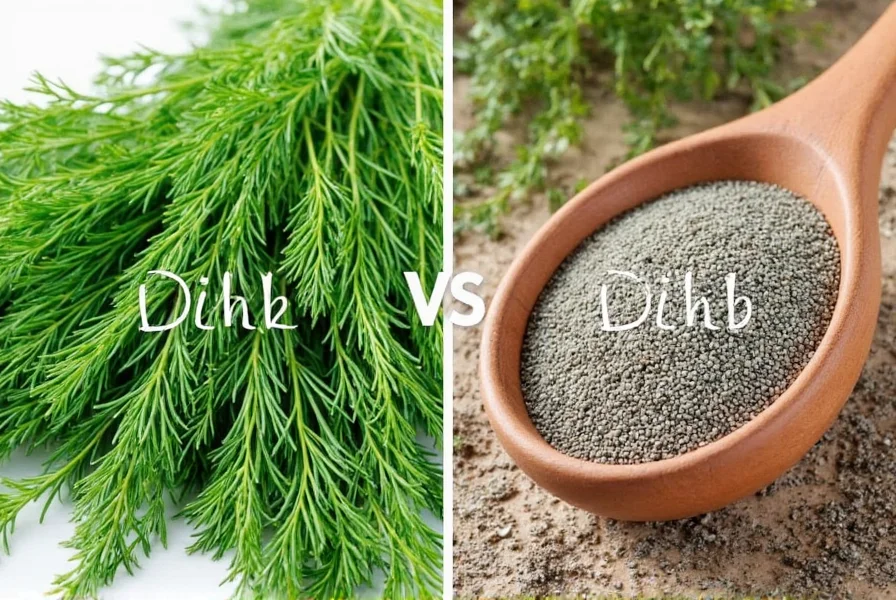
Complete Growing Guide for Optimal Flavor
Planting Timeline and Conditions
Dill thrives in cooler temperatures (60-75°F). Plant outdoors in early spring after last frost or in late summer for fall harvest. In warmer climates, plant in fall for winter growth. Dill bolts quickly in hot weather, so timing is crucial for maximum leaf production.
Indoor Growing Requirements
For year-round fresh dill, grow indoors with these specifications:
| Requirement | Specification | Why It Matters |
|---|---|---|
| Container Depth | Minimum 12 inches | Accommodates dill's long taproot system |
| Light Exposure | 6+ hours direct sun or 14-16 hours grow light | Prevents leggy, weak growth |
| Watering Schedule | Maintain moist but not soggy soil | Prevents root rot while supporting growth |
| Harvest Timing | Morning, before heat intensifies | Maximizes essential oil concentration |
Maximizing Culinary Impact with Fresh Dill
Unlike dried alternatives that lose 60% of flavor compounds, fresh dill transforms dishes when used properly:
- Add at the end of cooking - Heat degrades dill's delicate flavor compounds, so stir in during the last 2-3 minutes of preparation
- Pair with complementary ingredients - Cucumber, yogurt, fish, and new potatoes enhance dill's natural flavor profile
- Create flavor-infused bases - Steep dill in vinegar for salad dressings or in cream for sauces that maintain freshness
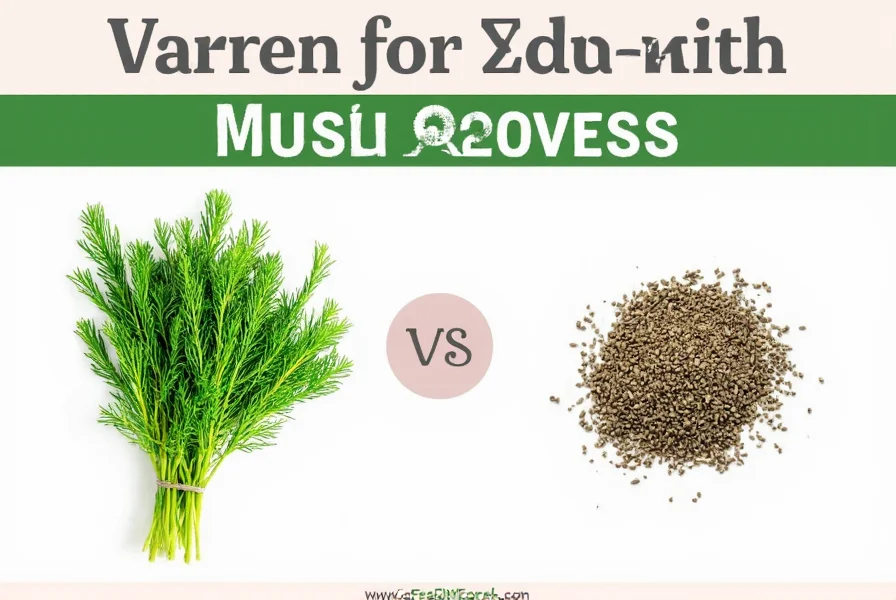
Troubleshooting Common Growing Issues
Even experienced gardeners encounter challenges with dill. These solutions ensure optimal flavor development:
- Leggy, sparse growth - Increase light exposure immediately; dill requires abundant sunlight for compact, flavorful foliage
- Premature bolting - Harvest more frequently to delay flowering; succession plant every 3-4 weeks for continuous harvest
- Yellowing leaves - Indicates overwatering; allow top inch of soil to dry between waterings
- Poor flavor development - Test soil pH; dill produces best flavor in slightly acidic conditions (5.5-6.5)
Preservation Methods That Maintain Flavor
Store-bought dried dill loses up to 80% of its essential oils compared to fresh. These home preservation techniques maintain maximum flavor:
- Freezing in oil - Chop dill, mix with olive oil, freeze in ice cube trays (retains 95% of flavor)
- Vinegar infusion - Steep in white vinegar for 2 weeks to create flavorful pickling base
- Herb butter - Blend with softened butter and freeze for instant flavor enhancement
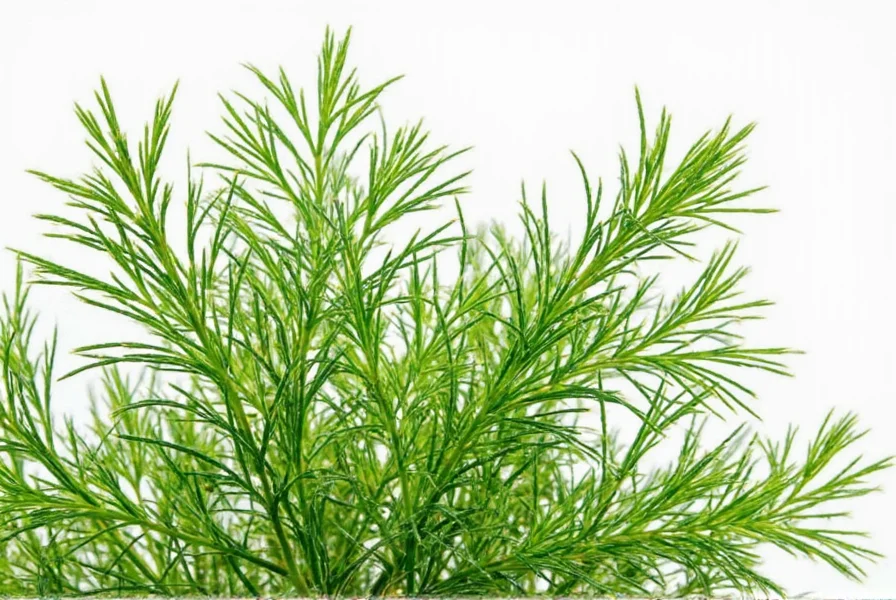
Advanced Flavor Enhancement Techniques
Elevate your culinary creations with these professional techniques:
- Dill pollen harvesting - Collect the delicate yellow pollen from flower heads for an intensely concentrated dill flavor
- Seed selection - Save seeds from your most flavorful plants for next season's crop to improve taste over time
- Companion planting - Grow near cucumbers and cabbage to enhance both flavor and pest resistance
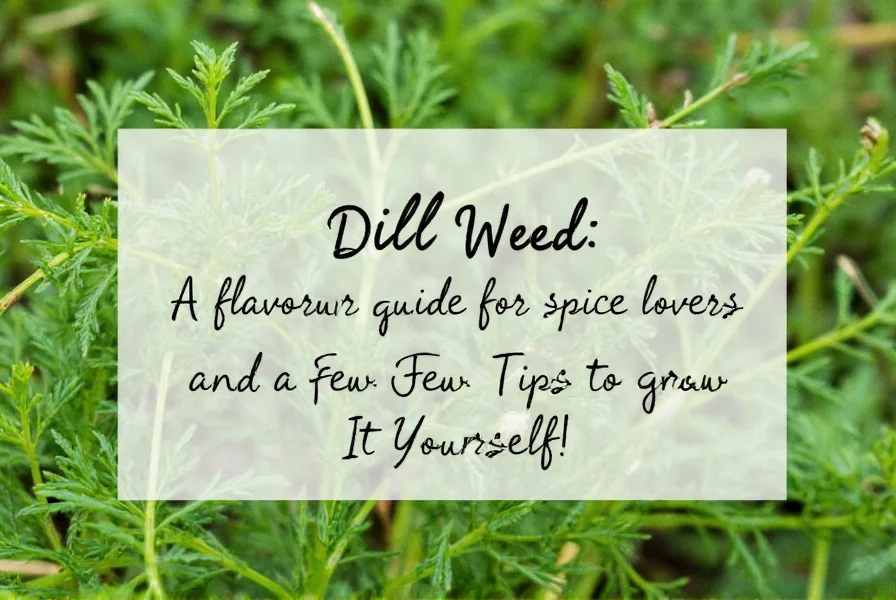
FAQ: Optimizing Dill for Cooking
How soon after harvesting should I use dill for maximum flavor?
Use dill within 2-4 hours of harvesting for peak flavor. The essential oils that create dill's distinctive taste begin degrading immediately after cutting. Morning harvest provides the highest concentration of flavor compounds, so plan your cooking accordingly.
What soil amendments improve dill's flavor profile?
Adding composted organic matter and a balanced organic fertilizer improves dill's flavor complexity. A soil pH of 5.5-6.5 produces the most flavorful dill. Avoid high-nitrogen fertilizers which increase leaf growth but decrease essential oil concentration.
How does growing method affect dill's culinary applications?
Container-grown dill tends to have more concentrated flavor due to controlled soil conditions, making it ideal for delicate dishes. Garden-grown dill develops more complex flavor notes from interacting with surrounding plants, perfect for robust recipes like pickling and stews.

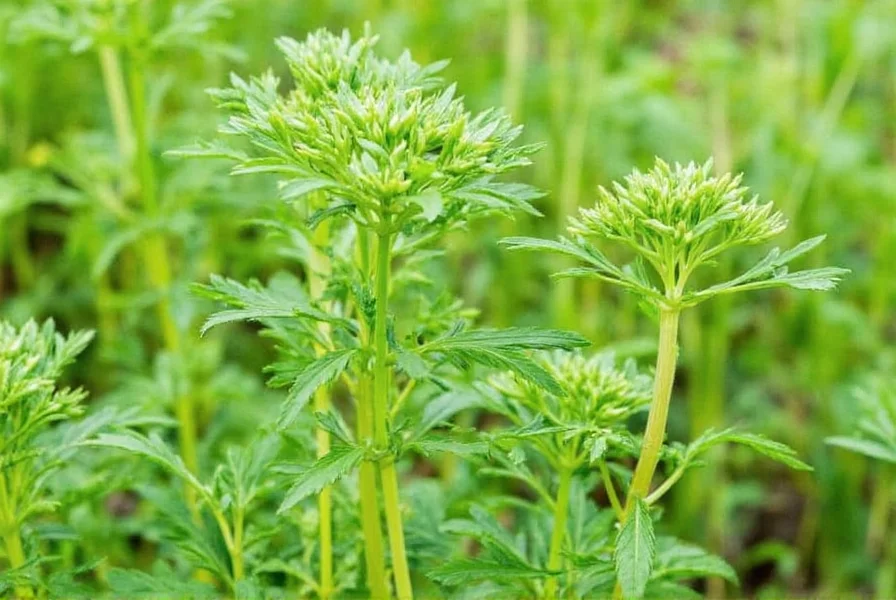









 浙公网安备
33010002000092号
浙公网安备
33010002000092号 浙B2-20120091-4
浙B2-20120091-4